The 1960s were a pivotal decade for the horror cinema genre, since it saw a significant shift in both output and perception. With back-to-back cinematic classics, legendary directors like Alfred Hitchcock and Mario Bava have made significant contributions to the genre during this decade. Audiences were taken aback by the new content possibilities in film. Some films launched trends, while others served as the foundation for current horror films.
The decade saw a shift in attitudes toward violence and sexuality. Because we have all been exposed to a high level of visual effects and notions, you can be bored at first. However, if you want to see them because of the lack of facilities and possibilities at the time, this film is the perfect watcher’s guide for you. So turn on the lights because today we will be delving into our top 12 horror films from the 1960s.
Rosemary’s Baby (1968)
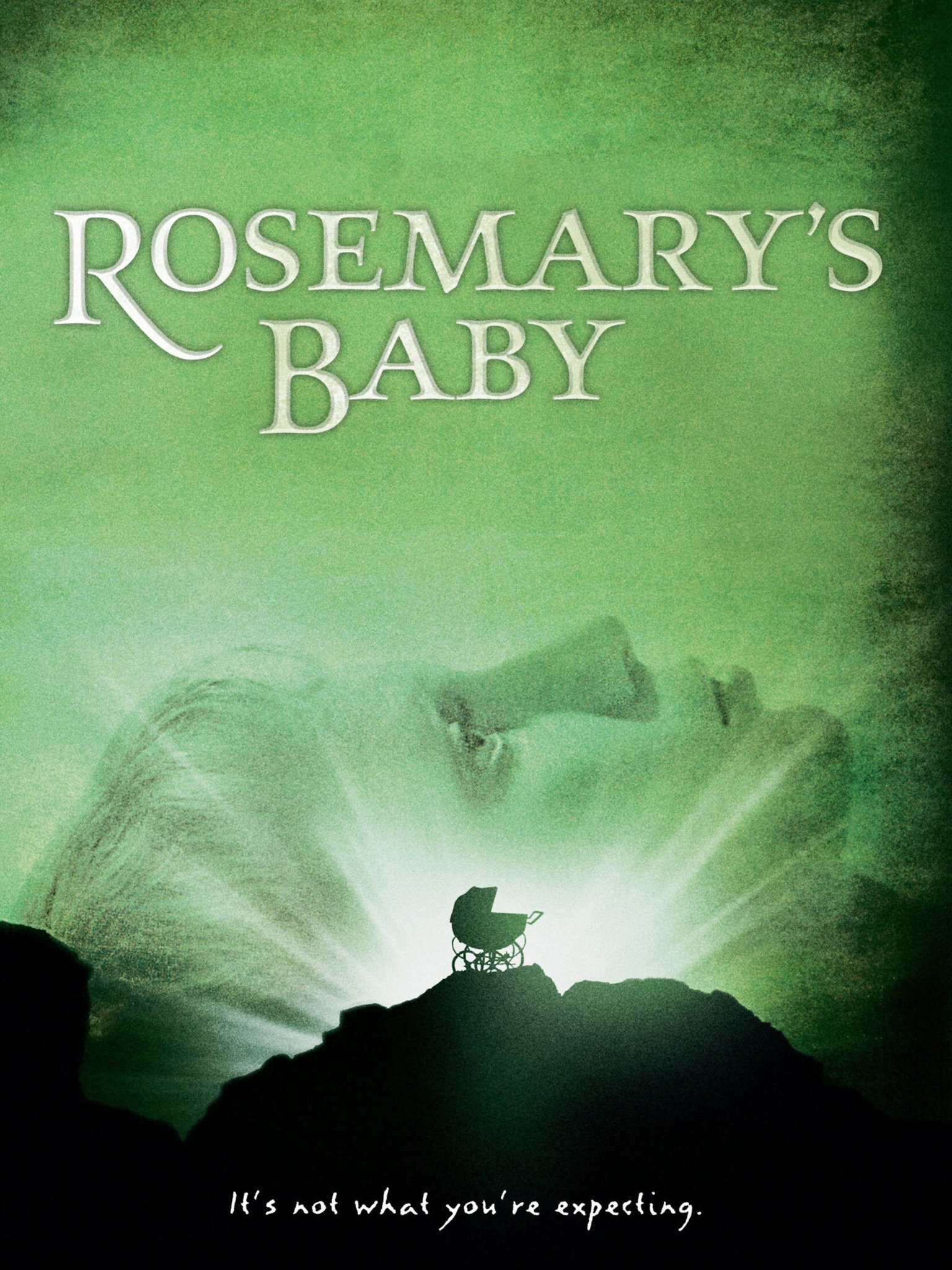
Rosemary and her husband Guy are the central characters in the film. Guy and Rosemary Woodhouse move to Bramford, a large Renaissance Revival apartment complex in New York City. They dismiss Hutch’s warnings about Bramford’s dark history of witchcraft and murder. Rosemary encounters Terry Gionoffrio, a young recuperating heroin addict who has been taken in by Minnie and Roman Castevet, the Woodhouses’ elderly neighbors.
Terry seems to leap to her death from the Castevets’ 7th-floor flat one night, disturbing the Castevets. Guy becomes fond of them, but Rosemary finds them bothersome and intrusive. Rosemary receives Terry’s jewelry as a good luck charm from Minnie, who claims it contains “tennis root”.
Guy gets cast in a renowned play when the lead actor falls blind for no apparent reason. Guy wants to have a child with Rosemary now that his acting career is prospering. Minnie sends over individual cups of chocolate mousse for their dinner on the night they hope to conceive, consuming which Rosemary becomes disoriented and passes out. In a hallucinatory state, she sees herself being raped by Satan, a demonic entity, like Guy, the Castevets, and other Bramford residents stare on.
Rosemary gets pregnant, with a baby due in the last week of June. Strange things start to happen soon after. Guy becomes detached and distant as Rosemary has bizarre nightmares and hears unusual noises.
Rosemary then becomes pregnant and suspects that her neighbors have special intentions for her kid. Rosemary gets further secluded as she becomes pregnant, and the wicked reality is exposed only after Rosemary gives birth. Rosemary is not feeling well, thanks to a kind Minnie who continues giving her strange potions for the pregnancy. The only option is to pray for Rosemary’s baby.
Rosemary’s Baby is a 1968 American psychological horror film based on Ira Levin’s 1967 novel of the same name. The picture, however, is superior and considerably more compelling than the novel, thanks to Roman Polanski’s outstanding direction and a series of very good performances by the cast. The film had set a milestone in the modern horror genre with its realistic take on a plot that ultimately is supernatural.
Polanski prefers giving plenty of information to his audience early in the movie for which the thrill and suspense of the plot are solely based on its characters and the story. Mia Farrow as Rosemary and Ruth Gordan as Mrs. Castevet have delivered their finest performances. Surprisingly both resented Polanski’s structured algorithm of shooting and improvised in many scenes which made it to the financial cut as it came out brilliantly.
Peeping Tom (1960)
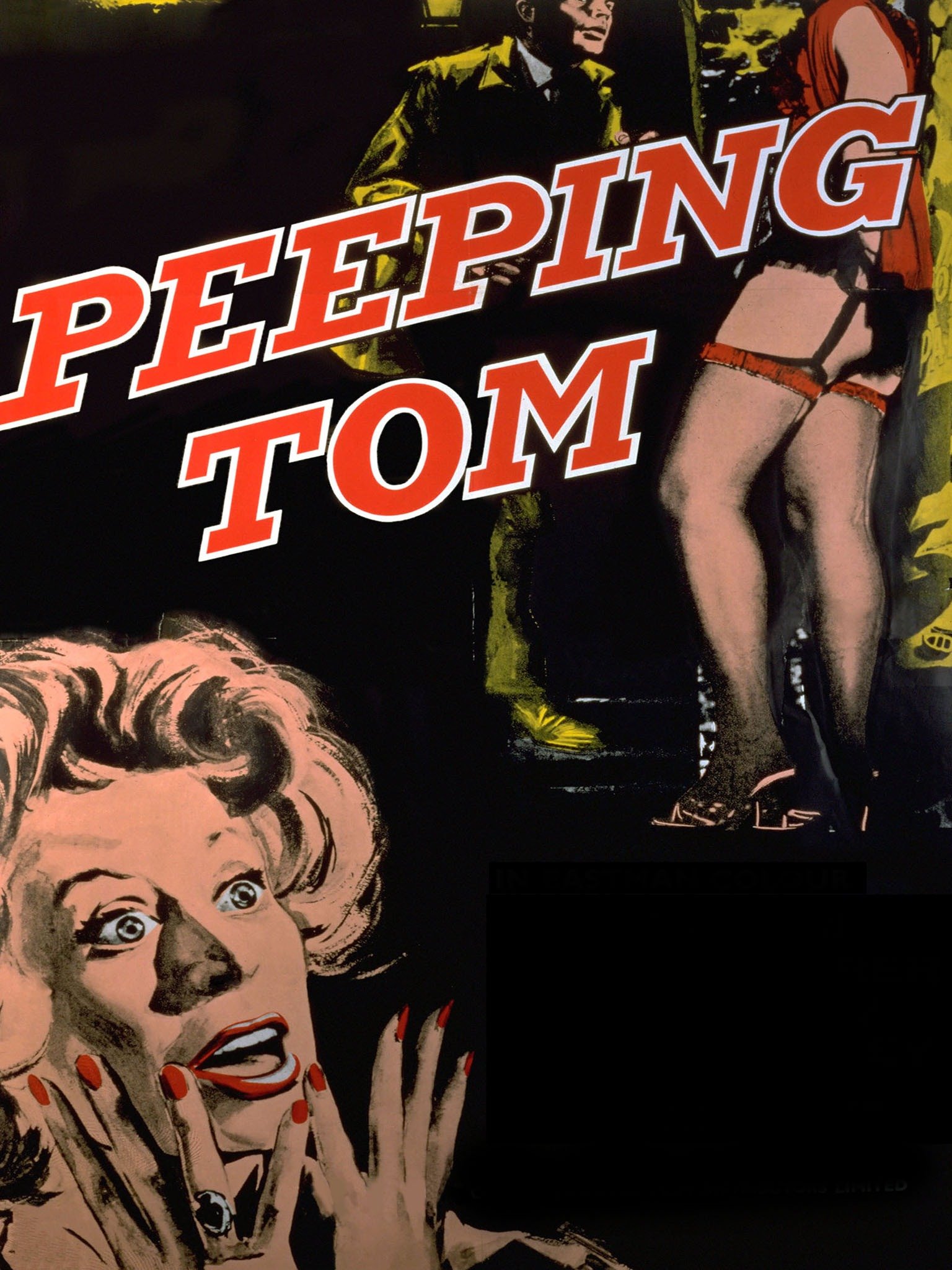
The video begins with Mark Lewis meeting Dora, a prostitute in London, and surreptitiously filming her with a camera concealed beneath his coat. He follows the woman into her apartment, murders her, and then watches the tape in his den. Lewis videotapes the cops removing Dora’s body from her residence the next morning while pretending to be a reporter.
Lewis is a film crew worker who hopes to be a director himself. He also works part-time as a photographer, selling soft-porn pin-up photographs of ladies. He is a quiet, introverted young guy who seldom interacts with others outside of his colleagues. He lives in his late father’s house, renting most of it through an agency while appearing as a renter himself.
Helen Stephens, a charming young woman who lives in the apartment below Mark’s with her blind mother, befriends him out of curiosity when he gets caught snooping at her 21st birthday party. Through home movies recorded by his father, Mark discloses to Helen that as a youngster, he was used as a lab rat for his father’s psychological tests on fear and the nervous system.
Mark’s father, a well-known psychologist, would investigate his son’s reactions to different stimuli, such as lizards he placed on his bed and would video the youngster in a variety of scenarios, even going so far as to capture his son’s emotions while he sat on his mother’s deathbed. He kept a close eye on his son and even wired all of the rooms so he could spy on him.
Michael Powell directed the film. Peeping Tom is a 1960 British psychological horror-thriller film that is regarded as one of the forerunners of modern slasher flicks. Despite negative reviews from critics because of the director’s controversies, the picture is regarded as a masterpiece.
Powell and his son Columba Powell had played the roles of young Mark Lewis and his abusive father which was not taken well by critics and they accused Michael of abusing his son. The film was, however, ranked the 78th greatest British film of all time by The British Film Institute and created a storm at its release.
However, it was taken down for 5 years for its questionable storyline. The movie has been gutsy at showcasing the killer’s perspective and some scenes might be hard to watch for the weak-hearted. The movie nearly destroyed Powell’s career but is considered to be one of the finest, daring and memorable psycho horror movies of all time.
The Birds (1963)
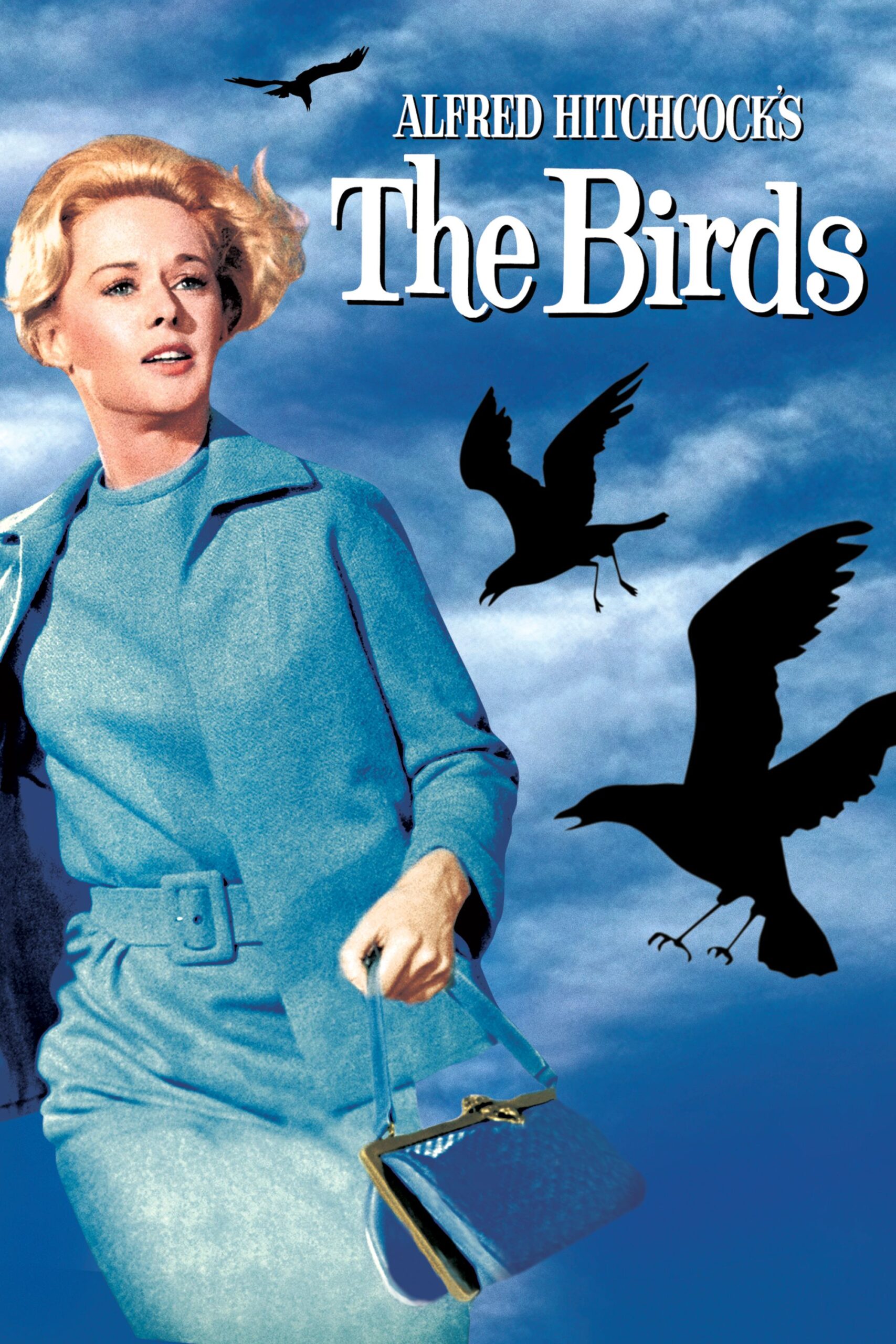
The film begins in a San Francisco pet store in the early 1960s. Melanie Daniels, a modern-day socialite, encounters Mitch Brenner, a lawyer who is looking for lovebirds for his sister Cathy’s 11th birthday. Mitch recognizes Melanie from her court appearance for a practical joke gone awry and misidentifies her as a store employee. Mitch quizzes Melanie’s bird knowledge, which she fails.
He admits to knowing her and that his pretense was designed to help her appreciate being on the receiving end of a joke. Mitch exits the store without purchasing anything. Finding him attractive, Melanie buys the lovebirds and goes to Bodega Bay to make peace with Mitch who had gone there for the weekend to his family’s property.
Melanie takes a boat in town and crosses the bay to leave the lovebirds at the Brenner property. Mitch notices Melanie when she is on retreat and drives into town to meet her at the pier. A gull attacks Melanie as she reaches the dock. The birds in the neighborhood start behaving abnormally.
Hundreds and thousands of birds soon attack everyone outside making survival difficult. Mitch observes that the attacks come in waves and often follow the same pattern of the birds massing silently, suddenly attacking, and then departing quietly. There is no justification for such an occurrence. As the movie progresses we see the two fight for their survival at Bodega Bay.
The Birds, directed and produced by Alfred Hitchcock, is an American natural horror thriller film based on Daphne du Maurier’s story of the same name from 1952. Despite the controversy surrounding Tippi Hedren’s lead performance, the film is widely regarded as Hitchcock’s best and most complicated work.
Unlike other horror films, this one does not explain the mystery of horror which is even more terrifying. The movie’s subtle take on background score making bird flapping sounds dominate is sheer brilliance.
The making of the film has been tedious as Hitchcock revealed at “The Dick Cavett Show” in 1968 that there were 3200 birds that were trained for their part in the film. In 2016 the film was regarded as “Culturally, historically or aesthetically significant by the United States Library of Congress and preserved in their National Film Registry. It’s indeed a true genius of a film and a must-watch for horror movie lovers.
Quatermass and the Pitt (1967)
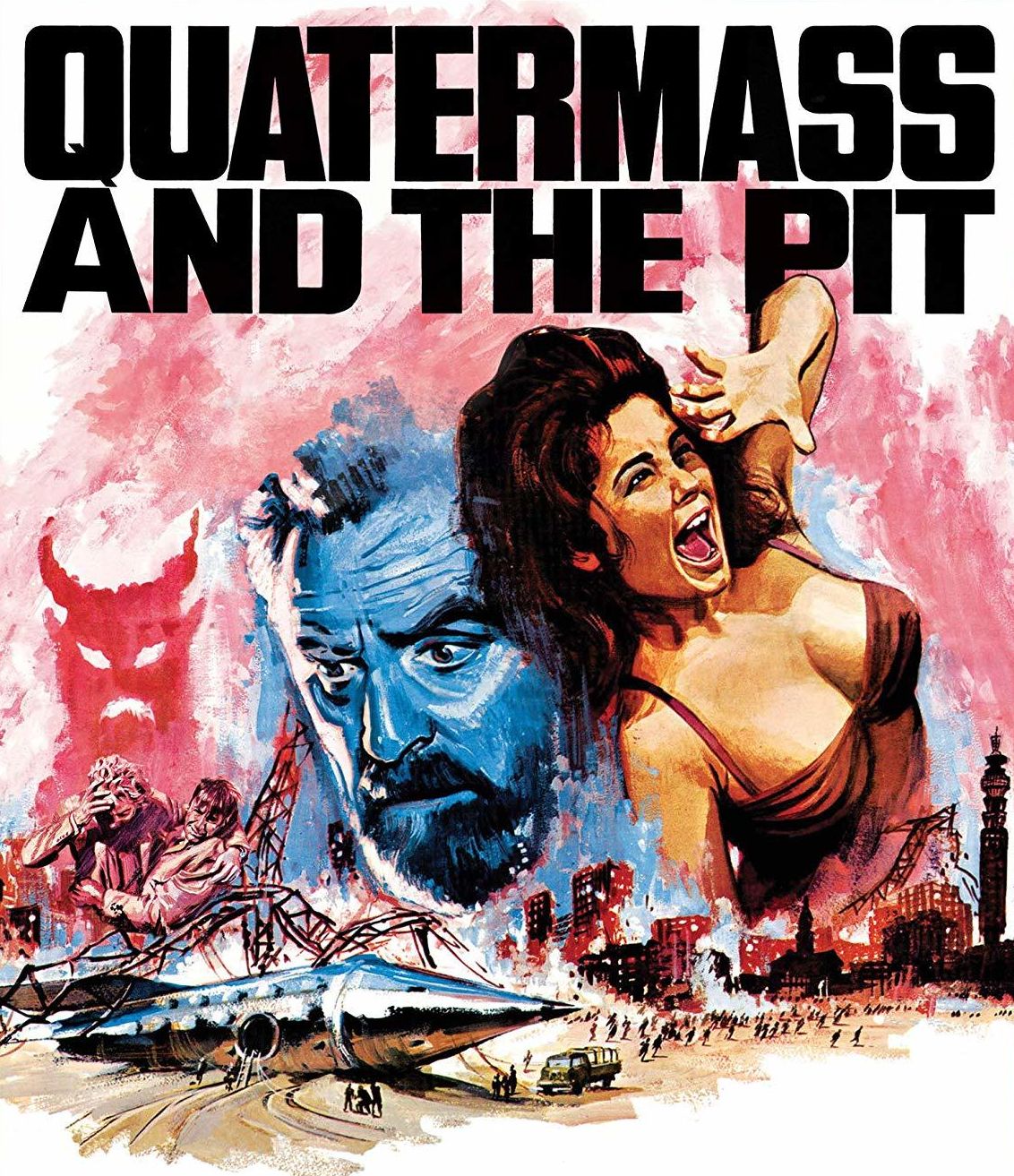
The film is set in London, where workers dig up a strange skull while working on a London Underground expansion project at Hobbs End. Dr. Matthew Roney, a paleontologist, believes the skull belongs to a five-million-year-old apeman, making it the oldest known apeman skull. A piece of a metallic item is discovered nearby by one of Roney’s assistants.
They call in an army bomb disposal team, thinking it is an unexploded bomb. Professor Bernard Quatermass joins Breen after the bomb disposal squad requests his aid. Quatermass disagrees with Breen’s conclusion that the buried item is a V-weapon. When another skull is discovered within one of the “bomb’s” chambers, Quatermass and Roney realize that the thing itself must be five million years old.
Quatermass feels the device is of extraterrestrial origin due to its heat resistance, while Roney is positive the apemen are terrestrial. Barbara Judd, Roney’s assistant, travels to the site with Quatermass. She is interested in the area’s name, remembering that “Hob” is an old term for the Devil.
Quatermass and Barbara discover historical stories of hauntings and other ghostly sightings dating back many centuries, which coincide with land disturbances near Hobbs End. Quatermass finds that many of the homes in the area were abandoned by their residents 40 years ago due to weird noises and what were thought to be ghosts. When Quatermass’ hypothesis that the rocket can awaken dormant evil in humans is proven, all hell breaks free. They have reawakened a long-dormant evil that now threatens humanity.
“Quatermass and the Pit,” a 1967 British sci-fi horror film based on a BBC television series of the same name and a sequel to the films The Quatermass Xperiment and Quatermass 2, is a sequel to the films The Quatermass Xperiment and Quatermass 2.
The film, written by Nigel Kneale and directed by Roy Ward Baker, is rather straightforward, strictly following the original television series, and is widely regarded as the best of the Quatermass films. Nigel waited more than 6 years after writing the first screenplay in 1961 in search of funds as American co-financiers didn’t show much interest in its making. The film has an undeniable elemental power to it and the sense of eeriness and suspense builds up brilliantly to a chaotic and thrilling ending.
Andrew Keir playing the role of Professor Bernard Quatermass has done a great job with a memorable performance. He has been the anchor for the Quatermass movies making Professor Bernard Quatermass the first icon of British television in the fifties.
Black Sabbath (1963)
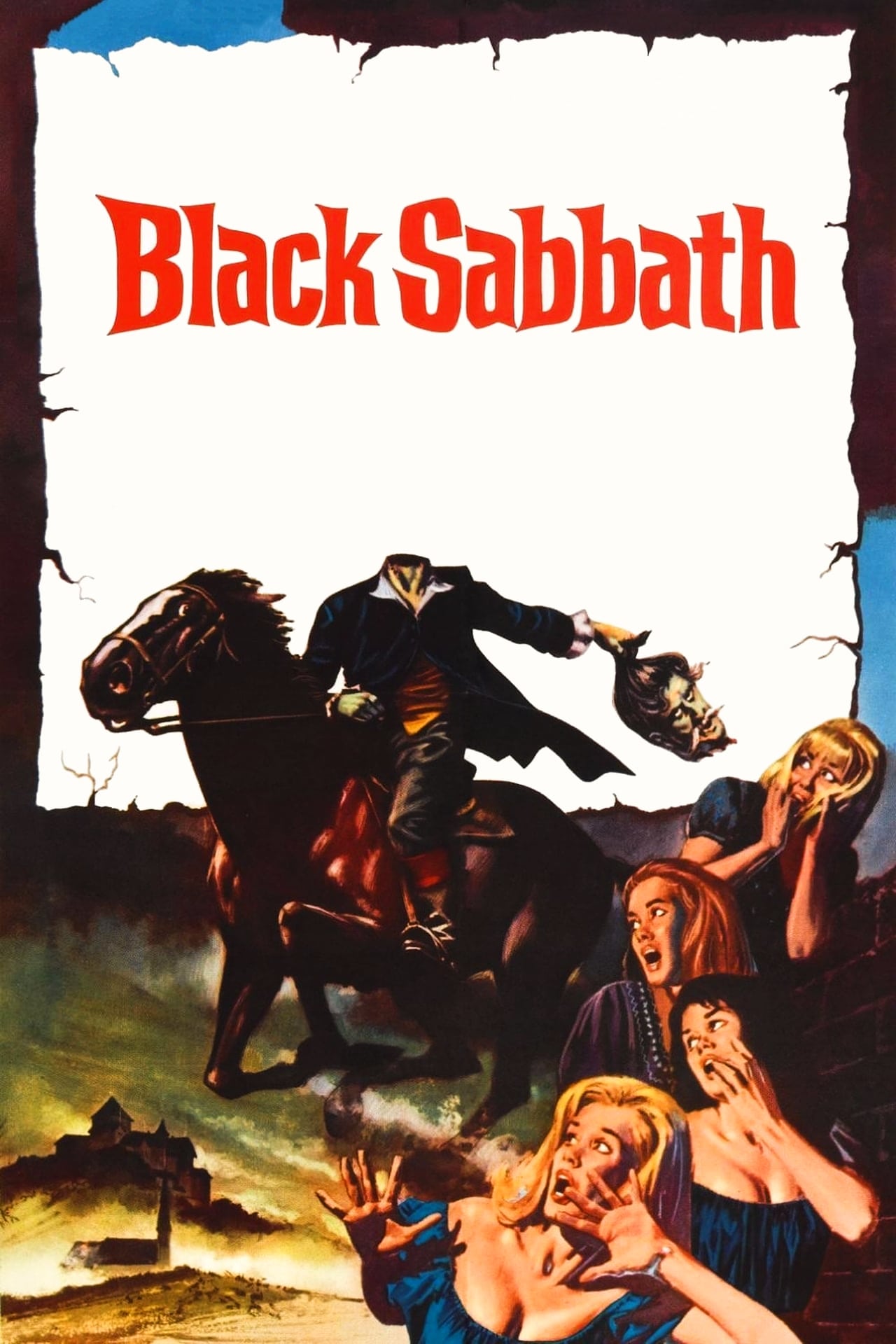
The film is a collection of three horror stories. The first story, “The Telephone,” concerns Rosy, a French call girl who goes home late at night to her basement flat and begins receiving strange phone calls from Frank, her old pimp who has escaped from prison. Rosy is terrified because her evidence has thrown Frank in jail. Rosy seeks solace from Mary.
The ladies are estranged, but Rosy believes that only Mary can assist her. Frank phones again seconds later, pledging that no matter what Rosy does, he would have his revenge. The next story, called “The Wurdulak”, is set in 19th-century Russia where Vladimir Durfee, a young aristocrat discovers a decapitated body with a knife sunk into its heart, which he takes.
He is contacted by Giorgio, who informs him that the knife belongs to his missing father. Durfee accepts Giorgio’s offer and meets the rest of the family, including his wife, their little son Ivan, Giorgio’s younger brother Pietro, and sister Zdenka. They are all waiting for the return of the father, Gorica, who has gone in search of a Turkish brigand who is actually a wordplay, a living cadaver that feeds on human blood, particularly that of loved ones.
And the third and the last story called “The Drop of Water ” is about Nurse Helen Chester who is summoned by the maid of an old psychic to dress the corpse for burial. She observes a sapphire ring on the body’s finger while dressing it.
Chester snatches it after accidentally knocking over a glass of water, causing it to drop on the floor; she is then stung by a fly. Chester returns to her flat and experiences odd occurrences. The fly returns to bother her, and the lights in her apartment go out while the sound of pouring water can be heard from numerous spots. Chester discovers the woman’s body in her bed.
Black Sabbath is a 1963 horror anthology directed by Mario Bava and consists of three independent stories introduced by everyone’s favourite Boris Karloff. Despite the fact that it was made on a shoestring budget, Black Sabbath is a fantastic film. Bava’s direction has been flawless, demonstrating his ability in the horror genre by providing consistent thrills across the three chapters.
Ubaldo Terzano and Bava himself did a commendable job in the film’s cinematography with gorgeous and elegant visuals. In all three short stories, there has been a physical object of fear like for example the red telephone or the ring and thematic audio effects adding up to the eeriness of the scenes.
Boris Karloff as Sdenka’s father Gorca from the story “The Wurdulak” was brilliant and horrifying and so was the stunning Suzy Anderson with her breathtaking performance as Sdenka.
In 1968, English Rock band and pioneers of heavy metal music, “Black Sabbath”, got their name changed from “Earth” to that of the movie after losing their audience at a small club in Birmingham to a movie theatre showing “Black Sabbath” With all its massive elements, Black Sabbath secured its place at 73 in the poll for all-time best horror films by “Time Out”. This masterpiece by Mario Bava is a must-watch for everyone.
Psycho (1960)
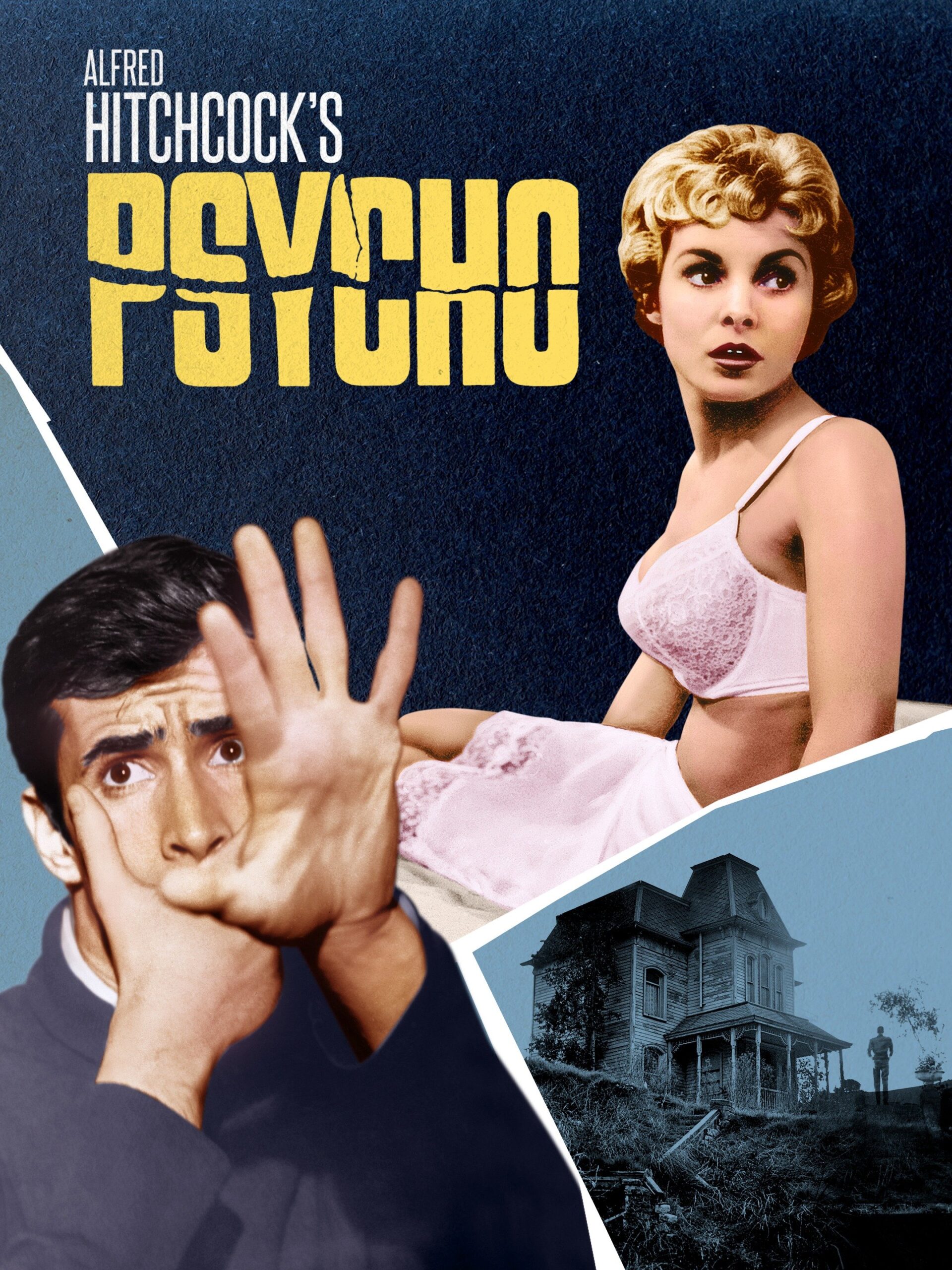
Marion Crane and her lover Sam Loomis discuss their inability to marry due to Sam’s debts on a Friday afternoon date at a Phoenix hotel. Marion returns to work and travels to Sam’s residence in Fairvale, California, with the intention of stealing a $40,000 lump sum payment left with her for a bank deposit.
Marion rushes to exchange her automobile on the way, prompting suspicion from both the car dealer and a California Highway Patrol officer. Marion spends the night at the Bates Motel, which is located off the main route and conceals the stolen money in a newspaper. Norman Bates, the hotel’s proprietor, descends from a big mansion atop a hill overlooking the motel, registers Marion under an assumed name she employs and asks her to dinner.
When Norman returns home, he has a dispute with his mother regarding Marion’s presence, which Marion overhears. Norman returns with a small supper and expresses regret for his mother’s tantrums. Marion resolves to travel to Phoenix the next morning to repay the stolen money. Marion is in the shower when a mysterious figure approaches and stabs her to death.
Psycho, a 1960 American psychological horror film, is based on Robert Bloch’s 1959 novel of the same name. The film was nominated for four Academy Awards, including Best Supporting Actress for Janet Leigh and Best Director for Alfred Hitchcock. Psycho is a timeless classic and definitely one of Hitchcock’s best films.
Being one of the earliest examples of slasher films the movie had set a milestone in the horror genre-changing the level of acceptance for sexuality and violence in American films. The reason why the movie is remarkable is that it connects to our fears which are very real and existing. The background score written by Bernard Herrmann is phenomenal which made the scenes create an unbearable pitch of excitement. During the production of the film, Hitchcock was so pleased with Hermann that he doubled his salary. The movie is an exemplary excursion of horror and suspense and is definitely a visual delight.
The Fearless Vampire Killers (1967)
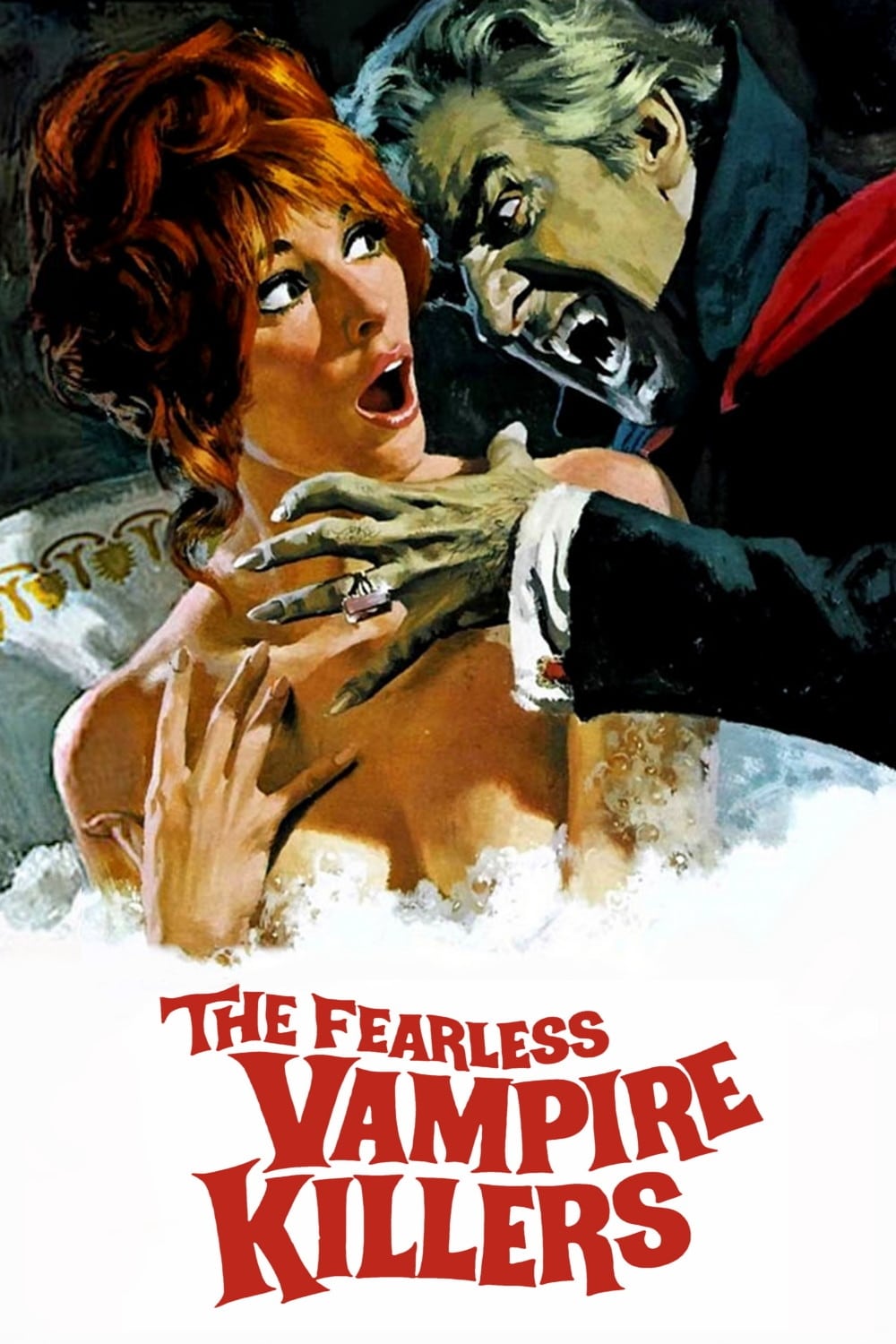
The story is set in the mid-nineteenth century, “deep in the heart of Transylvania,” with Abronsius, an elderly researcher and former professor of Königsberg University, and his helper Alfred on the lookout for vampires. Alfred is clumsy and introverted, while Abronsius is frail and withering, barely surviving the brutally cold journey through the woods.
The two hunters appear to be on a long quest for traces of vampires as they arrive in a little town. The two stay at a nearby inn teeming with angst-ridden residents doing bizarre rites to stave off an invisible evil. While staying at the inn Alfred develops feelings for Sarah, the overprotected daughter of tavern manager Yoine Shagal.
Alfred observes Sarah being taken by Count von Krolock, the local vampire king. Shagal, crazed with sorrow and armed only with a bundle of garlic, rushes to rescue her but is apprehended, drained of his blood, and vampirized. Abronsius and Alfred pursue Shagal’s route in the snow to Krolock’s frightening castle in the neighboring snow-blanketed hills when Shagal awakens and assaults Magda, the tavern’s attractive maidservant and the object of his passion while he was still human.
They break into the castle but are caught by Koukol, the Count’s hunchbacked valet. They are led to meet the Count, who questions Abronsius with an air of aristocratic majesty about why he has come to the castle. They devise a plan to save Sarah and eliminate their evil host.
The Fearless Vampire Killers” is a 1967 horror comedy film that was originally released in the United Kingdom as “Dance of the Vampires.” Roman Polanski, the director, and co-writer with Gérard Brach, also featured as Alfred in the picture, alongside his soon-to-be wife Sharon Tate, who played Sarah Shagal.
The film is shot in the Alps with a brilliant work of lens from the multiple BAFTA awards winning cinematographer, Douglas Slocombe. The film maintains the basic vibe of vampire movies but adds a comic touch to it. Sharon Tate was ravishing in the movie and is said to have gone through a very unusual form of auditioning.
She met Polanski twice for dinner with almost no conversation after which she was invited to Polanski’s apartment. Leaving her alone Polanski vanished and reappeared wearing a scary mask to which Sharon started screaming in terror. Noting her reactions Polanski selected her for the role. So if you are looking for some horror-comedy during the 60s then this one will certainly not let you down.
Blood and Black Lace (1964)
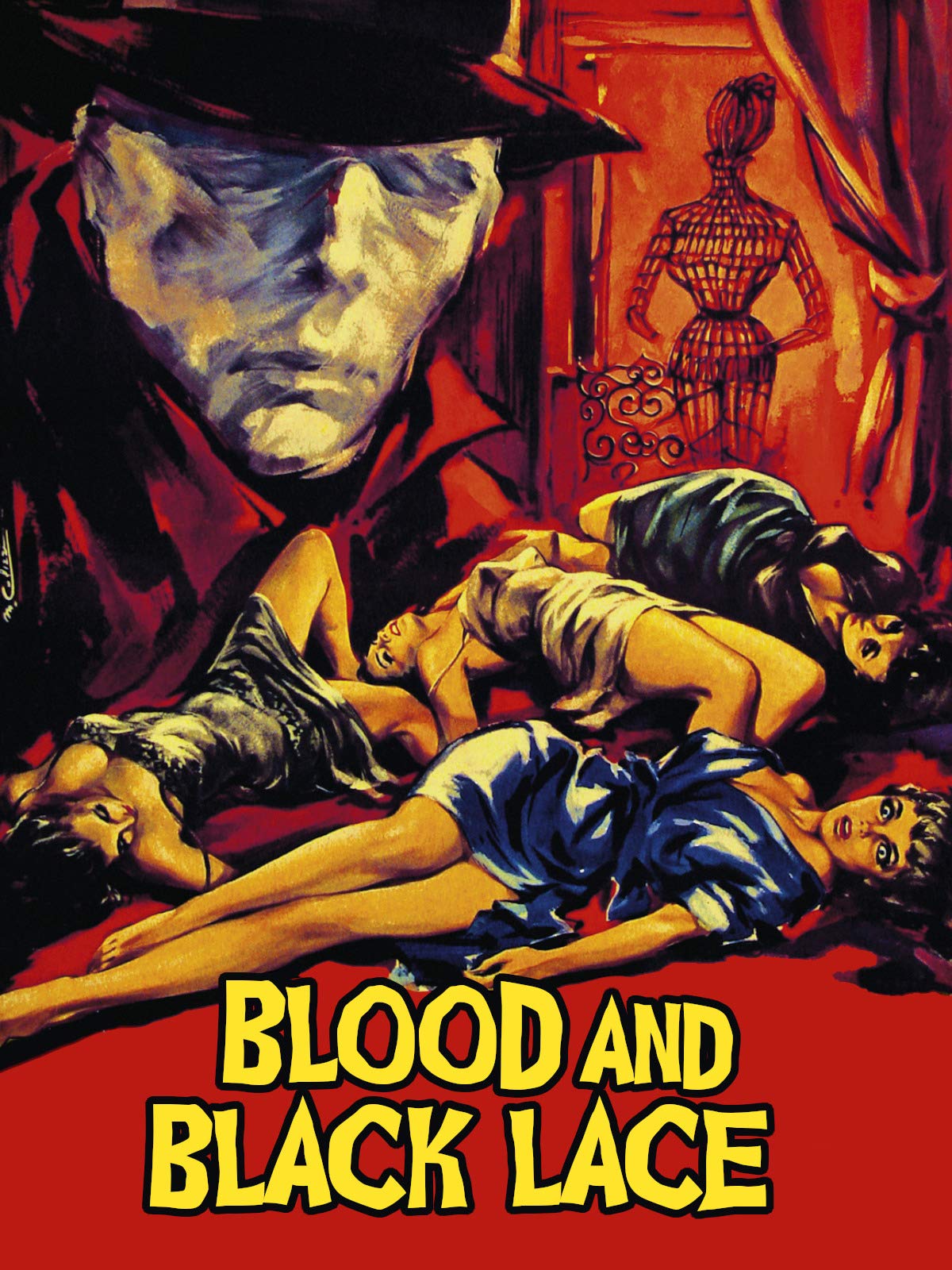
Isabella, one of the numerous beautiful models employed by Christian Haute Couture, a Roman fashion house, is walking about the grounds late at night when she is cruelly murdered by an attacker wearing a white, featureless mask, a black cap, and a trenchcoat, as the film begins. Police investigator Silvestri investigates and interviews Massimo Morlacchi, who co-manages the salon with the newly widowed Countess Cristiana Cuomo.
He also investigates Isabella’s ex-boyfriend, antique dealer Franco Scalo; Silvestri discovers that he is a cocaine user and that Isabella sought to help him overcome his addiction. Isabella is discovered to have kept a journal chronicling the personal lives and possibly the dark secrets of the workers.
Nicole, one of the models and Scalo’s present girlfriend, discovers the journal and pledges to turn it over to the cops, but her colleague Peggy snatches it during a fashion show. Late at night, she takes her friend Peggy Peyton’s car and drives to her lover Scalo’s store to see him. Nevertheless, the masked assassin pursues Nicole and murders her in the hopes of finding the notebook.
But, Peggy had taken the journal to remove portions that were damaging to her, and she was also slain by the perpetrator. To retrieve the journal, the masked assassin begins killing all of the models in and around the home.
The film, directed by Mario Bava, is regarded as one of the first Giallo films. It is one of Bava’s best pictures, and it represents a shift in the thriller genre. It was released in 1964. Although the deaths are violent and disgusting, the film’s build-up and tension make it impossible for anyone to ignore them.
One of the most striking talents of the legendary director is his visuals and concert of colors for the film. The film then was a trendsetter and paved the path for many more directors for making slasher films. Cameron Mitchell and Eva Bartok playing the characters Massimo Morlacchi and Contessa Cristiana Cuomo respectively were brilliant. Due to the low budget of the film, shots were taken using a child’s wagon.
The film was commercially unsuccessful but had a major influence on the style of making Giallo films. Mario Bava’s films have a very distinguishable and unique model of progression and are a visual treat and a must-watch for to-be directors, cinematographers, and also the mainstream audience.
The Devil Rides Out (1968)
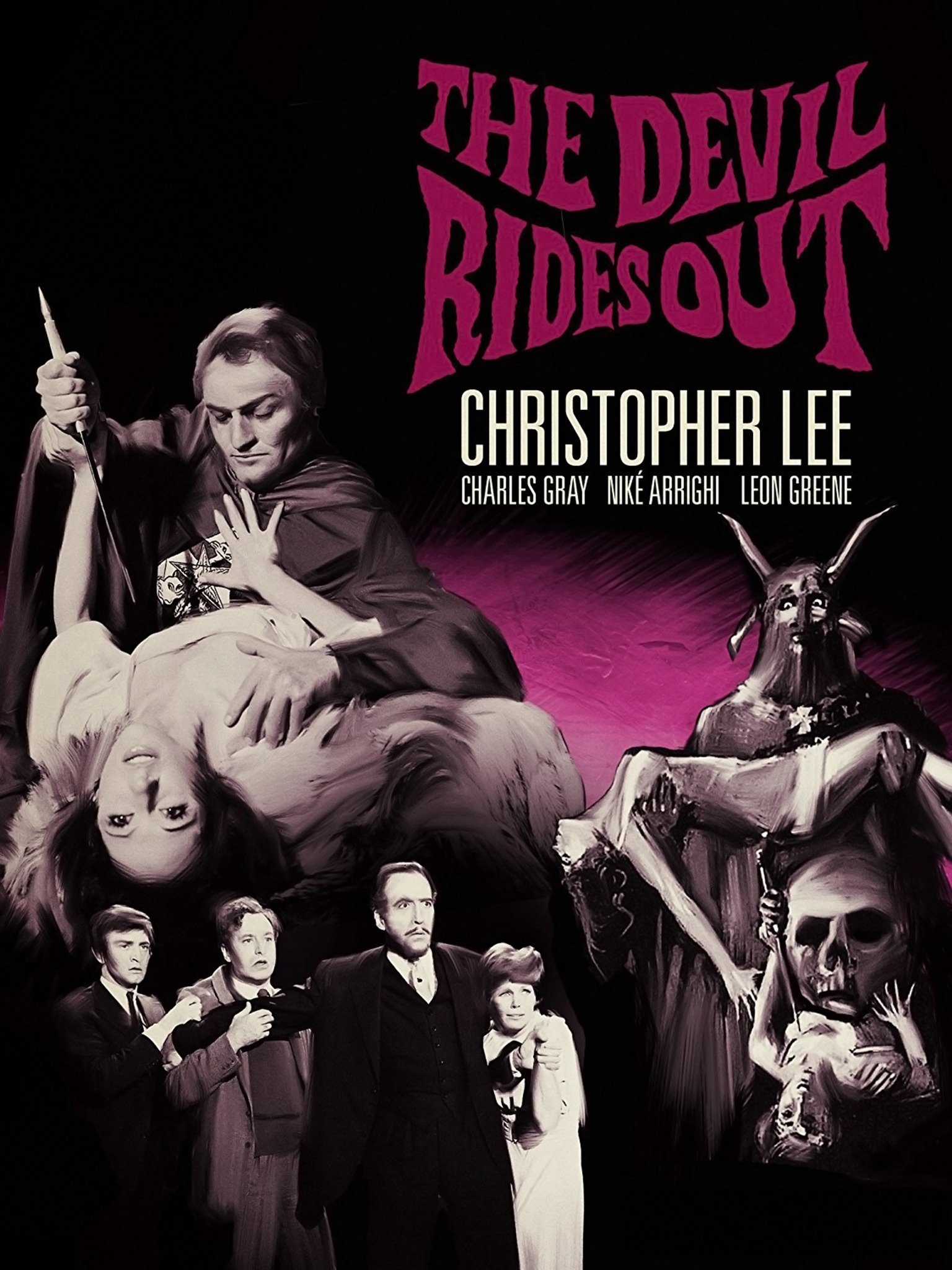
The film is set in London and the south of England in 1929. Nicholas, Duc de Richleau, investigates the strange behavior of a friend’s son, Simon Aron, who lives in a house decorated with strange marks and a pentagram. He immediately recognizes Simon’s involvement with the occult.
They find out that the great leader Mocata is intending to baptize Simon and his buddy Tanith Carlisle to serve the devil. De Richleau and Rex Van Ryn are successful in rescuing Simon and another young neophyte, Tanith, from the devil-worshipping cult. But during the rescuing, they disturb a ceremony on Salisbury Plain that makes Mocata summon the Devil, the “Goat of Mendes”.
As the movie makes progresses, we see Mocata, who is adamant about having his new acolytes by his side and unleashes the power of hell to reclaim them, and how both Richleau and Rex get engaged in the fight with the evil.
The Devil Ride Out, also known as “The Devil’s Bride,” is considered one of filmmaker Terence Fisher’s best works. It is based on Dennis Wheatley’s 1934 novel of the same name. The film’s style jumps directly into the plot without a lot of extraneous explanations or details, which helped to keep the tension high throughout its run.
Evil exists and there is no dispute in the movie regarding its presence. The entire cast of the film did a fine job with the script, especially Charles Gray as the evil priest, Mocata with his desperation to get Simon and Tanith to join his satanic clique. However Christopher Lee in the role of Nicholas, Duc de Richleau surpassed all levels of appreciation with his brilliant acting.
Patrick Mower who played the role of Simon was actually a replacement for Roddy McDowall as he had to quit at the last minute to care for his friend Louise Brooks who was suffering from emphysema and arthritis in New York. This film can be considered as Fisher’s tour de force and is highly recommendable to watch.
Night of the Living Dead (1968)
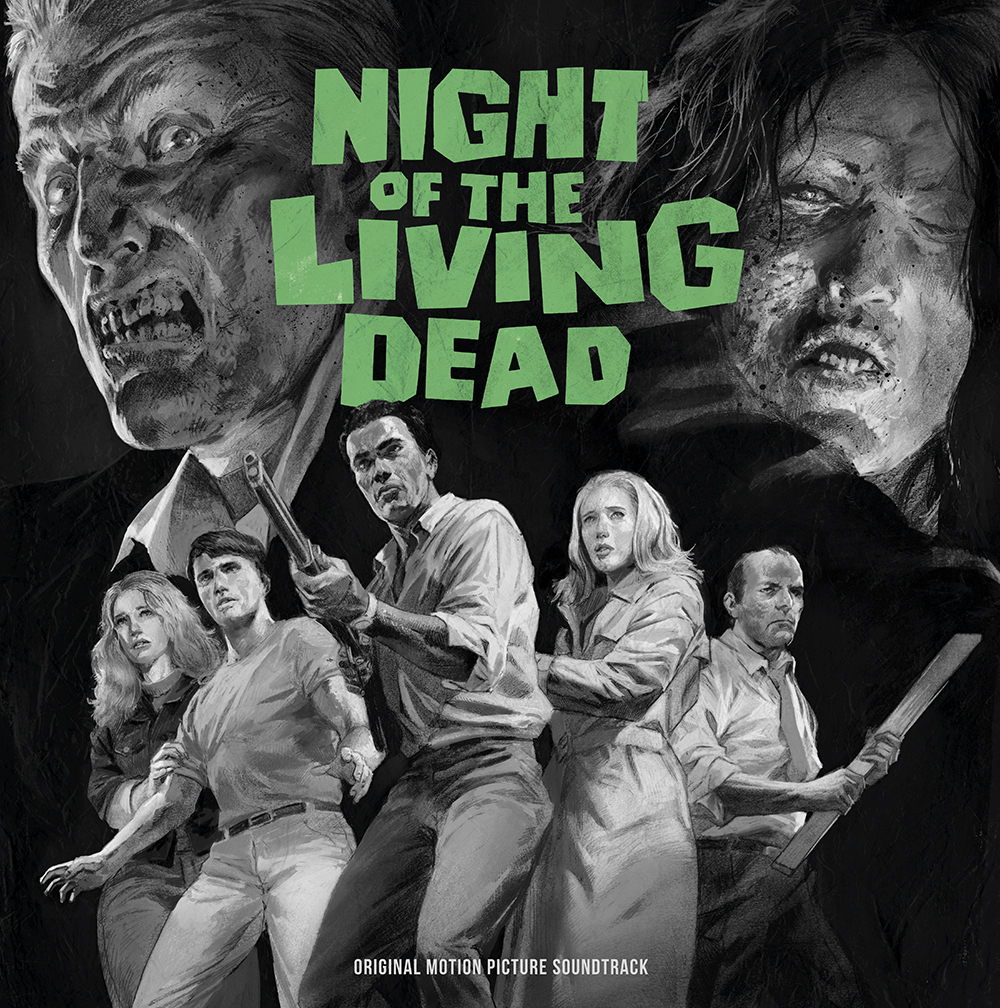
Barbra and Johnny, siblings, visit their father’s burial in a cemetery in rural Pennsylvania. Their vehicle radio goes off the air due to technical difficulties. A strange, ashen-faced guy in a torn suit murders Johnny and assaults Barbra just as they are about to depart.
She escapes and seeks refuge in a farmhouse, only to discover the lady who lived there deceased and half-eaten. She notices a swarm of odd ghouls approaching the home, commanded by the guy from the graveyard. A man called Ben comes, secures the farmhouse as he boards up the windows and doors, and chases the ghouls out with a lever-action rifle he discovered in the closet and fires, which the ghouls dread.
They are surrounded by the wandering dead. Ben works hard to keep the doors and windows shut. The news reports, on the other hand, are bleak, with creatures springing back to life all over the place. Barbra and Ben are taken aback when they discover five individuals Harry, Helen, and Karen Cooper, as well as a young couple, Tom and Judy, hiding out in the basement.
Their only option is to obtain some gasoline from a nearby pump into a vehicle that is running on empty, but this necessitates battling the hordes of voracious walking corpses outside. Disagreements arise immediately, with Harry Cooper demanding to be in control. Their odds of surviving the night dwindle minute by minute as their condition worsens.
The film “Night of the Living Dead,” directed, photographed, and edited by George A. Romero, is one of the most successful independent films ever created. This 1968 American horror film made a profit of around $30 million, or 263 times its budget. Despite its cult following and critical praise, the picture drew controversy and bad reviews for its brutality and bloodshed during its initial days of release.
However, later outlets such as The New York Times, Total Film and Empire had the movie in their lists of the greatest films ever made. The film’s brainchild was Richard Matheson’s 1954 hallmark sci-fi novel “I am Legend ” where flesh-eating vampires dominate earth after a disaster. Scenes with Ghouls tearing and eating the flesh of what was once a human stirred the audiences in 1968 as such a form of terror was unknown back then. Despite being a commercial success Romero saw very little profit as the distributors outsmarted him, taking most of it. Back then the movie was a sensation and is definitely a good watch.
Satan’s Sadists (1969)
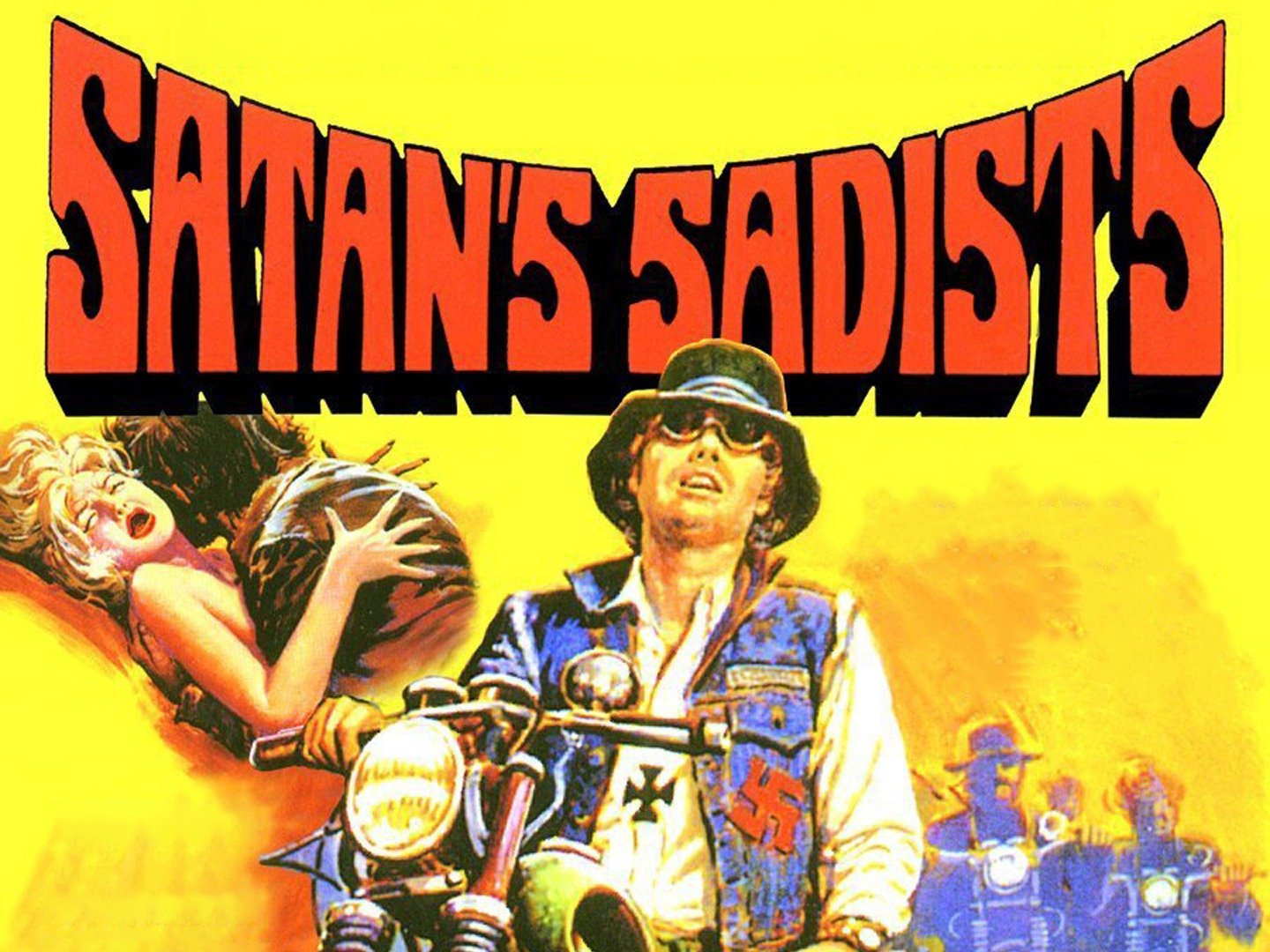
The film tells the narrative of a group of vicious motorcyclists who go on a killing spree in the desert, prompting potential victims to seek a terrible vengeance. The story follows the “Satans,” an outlaw motorcycle gang that roams the deserts of the American Southwest.
The gang’s leader is Anchor, with Firewater, Acid, Muscle, Willie, Romeo, and Gina as members. The group stumbles upon two lovers and strikes them, beating up the man and raping the female. Following the attacks, they kill both of them and drive their car over a cliff with them inside. The group travels to a cafe in the middle of nowhere in the California desert and starts terrorizing Lew, his customers, and his waitress, Tracy.
The Satans drag Lew, Chuck, and Nora away from the cafe. Anchor explains why they despise cops after Nora is raped. Anchor murders the three of them. After a brief slaying, one of the patrons, Johnny and Tracy try to flee into the desert from the motorcyclists. They must reach a town before the Satans track them down and murder them.
Al Adamson’s Satan’s Sadists is one of his best works. The 1969 American outlaw biker film is a blend of the motorcycle and horror genres and is loaded with violence. Along with different horror aspects, the film also depicts the hippie lifestyle. The crimes associated with the treacherous bike gang,
“The Satans” are shown boldly with a lot of gore making sure that the audience does not leave the theatres without getting scared. With American legendary actor Russ Tamblyn making his role look real, the film seemed to have exploited the case of the Manson murders in California which had taken place in the same year.
With good camera work by cinematographer Gary Grave, the film also features a memorable soundtrack by Harley Hatcher that beautifully adds up to the vibe of the movie. Al Adamson shot the film in just 8 days and anchored Independent-International pictures on the map. Despite being a low-budget film, the movie received a noticeable amount of appreciation.
Kill Baby, Kill! (1966)
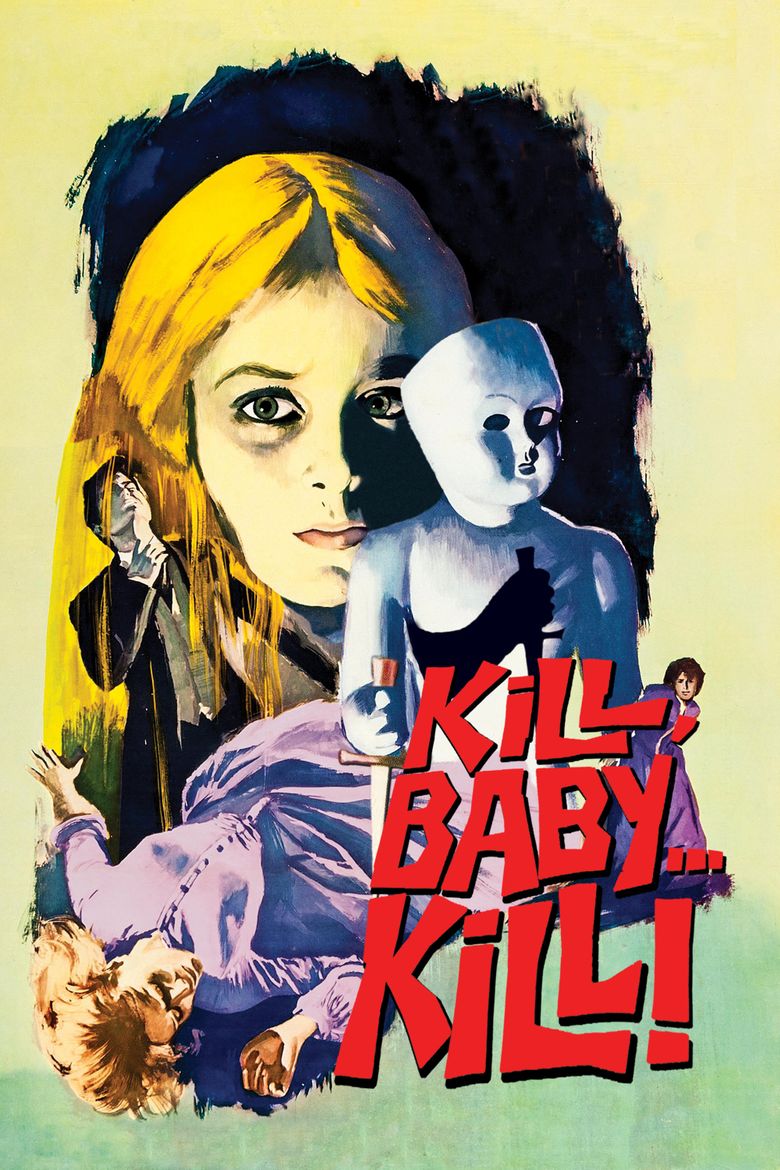
Dr. Paul Eswai is dispatched to the Carpathian hamlet of Karmingam in 1907 to do a postmortem on Irena Hollander, a woman who died under suspicious circumstances in an isolated chapel. His witness is Monica Schufftan, a medical student who had just returned from visiting her parents’ graves. They discover a silver coin embedded in Hollander’s heart during the examination.
The inhabitants are used to medicinal methods and beliefs that Eswai deems ridiculous, and they say that Karmingam is haunted by the spirit of a young girl, Mellisa, who curses everyone she visits.
Ruth, the town witch, performs a ceremony to cure the curse after the girl visits Nadienne, the daughter of local innkeepers. That evening, Eswai travels to the estate of Baroness Grapes to meet with a colleague, Inspector Kruger. When he reaches the big, dilapidated home, the Baroness assures him that no such Kruger exists. Essai runs into the ethereal young girl on his way out.
The film is a 1966 Italian gothic horror film directed by Mario Bava and starring Giacomo Rossi and Erik Blanc. The film is also considered to be Bava’s second Giallo film, with a plot that leans toward mystery fiction and thriller. The film’s budget was little in comparison to other Bava films, yet it was a commercial success.
Garnering positive feedback from “Variety” and “Monthly Film Bulletin ” the film was ranked 56 in the list of best horror films on a TimeOut poll. With Bava’s unique visual ideas and Antonio Rinald’s cinematography, the film manages to portray the sinister vibe of the plot. Mario Bava and his team were said to be so dedicated to the making of the film that they agreed to work without pay when the producers ran out of money in two weeks.
The film is a textbook for learning how to hold suspense and the art of revealing. This is what Bava is best at: Building a slow momentum, making the audience feel confused early in the plot and then delivering a high pitch excitement with the climax. Bava’s tendencies to induce fear with objects is also seen with the bouncing ball which along with background music give goosebumps. Performances from the cast were decent but were overshadowed by the thrill and suspense of the plot. Even if you are not a Bava fan this movie is a must-watch for all.
